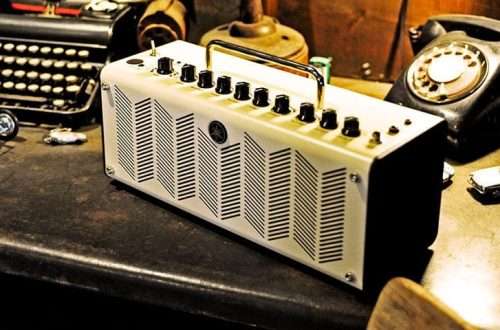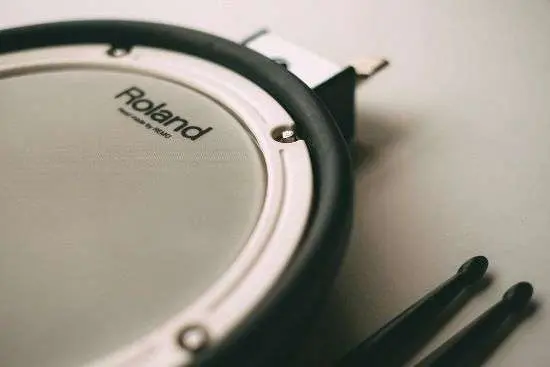
How to practice at home and not to endanger your neighbors?
The eternal problem of most drummers is noise that prevents the normal functioning of the entire environment. Hardly anyone can afford a specially prepared room in a single-family house, where casual play would not disturb the rest of the household or neighbors. Often, even when you manage to rent a so-called canteen, you have to take into account many limitations (e.g. the possibility of playing during hours, e.g. from 16 p.m. to 00 p.m.).
Fortunately, manufacturers of percussion brands compete in the production of equipment that, firstly, does not generate noise, and secondly, it does not take up much space, which in turn gives the opportunity to train even in a cramped apartment in a block of flats.

Alternatives to Traditional Drums Below is a short description of the four possibilities of alternative playing: • Electronic drums • Acoustic set equipped with mesh strings • Acoustic set equipped with foam mufflers • Pads
Electronic drums It is basically an imitation of a traditional drum kit. The main difference, of course, is that the electronic kit produces digital sound.
The biggest advantage of electronic drums is the fact that they allow you to practice freely at home, perform on stage, and even connect directly to a computer – which will allow us to record tracks. Each of the pads is connected with a cable to a module to which we can connect headphones, output the signal to the sound equipment or directly to the computer.
The module also allows you to choose various options for the sound of the whole set, as well as replace, for example, Tom with a cowbell. In addition, we can use a metronome or ready-made backgrounds. Of course, the higher the drum model, the more possibilities.
Physically, electronic drums are a set of pads distributed over the frame. The basic configuration does not take up much space.
Parts of the pads “exposed” to impact are usually made of a rubber material or a mesh tension. The difference is, of course, the rebound of the stick – mesh pads more accurately reflect the bounce mechanism of the stick from traditional strings, while rubber ones require more work from the wrists and fingers, which may translate into better technique and control when playing on a traditional drum kit.
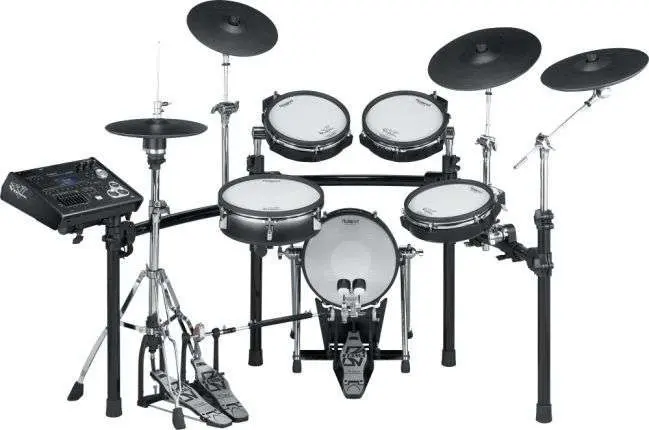
Mesh strings They are made of small mesh sieves. The method of putting them on is identical to the method of putting on traditional strings. Most sizes can be bought on the market without any problems (8,10,12,14,16,18,20,22).
The mesh strings make a very quiet sound, moreover, they have a reflection of a stick very similar to traditional strings, which makes them natural and comfortable during exercise. Unfortunately, the plates remain an open question.
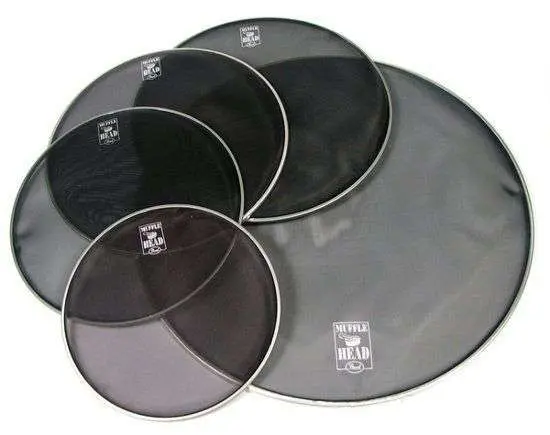
Foam silencers Adapted to standard drum sizes. Their assembly on the snare drum and toms is limited to placing them on a standard diaphragm. Mounting on the control panel is also simple, but requires special elements added, of course, by the manufacturer. The big advantage of this solution are plate mats.
The whole ensures comfortable and quiet workouts. The rebound of the stick requires more work on the wrists, which will result in complete freedom to play on a traditional set. As a big plus, it should be emphasized that it is very quick and easy, both to assemble and disassemble.
Pads Most often they come in two versions similar to the pads used in electronic drums. One version is a rubber material, the other is a tension. They are also available in various sizes. 8- or 6-inch. They are lighter and more mobile, so they will be useful, for example, while traveling. Larger, for example, 12-inch ones, are a more comfortable solution if we do not intend to move to training. The 12-inch pad can be easily mounted on a snare drum stand.
Some pads are equipped with a thread that allows them to be mounted on a plate stand. There are also models with built-in electronic components, which of course allows you to train with a metronome. The rebound of a stick is very similar to a snare rebound. Of course, the pad will not replace training sessions on the whole set, but it is a great way to improve all snare drum techniques.
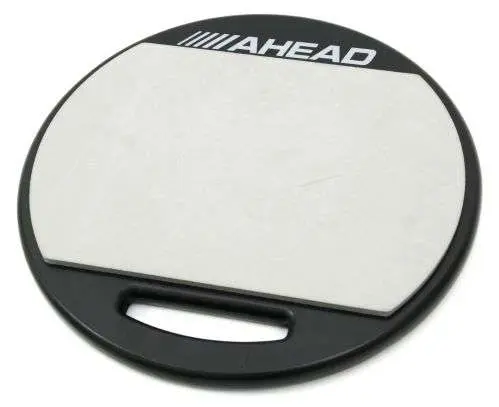
Summation The desire for impeccable neighborly coexistence requires us to understand that everyone has the right to peace and quiet in their own apartment. If producers give us the possibility of silent training – let’s use it. Art should connect people, not create feuds and disputes. Instead of condemning the neighbors to listen to our exercises, we better practice quietly and invite our neighbors to a concert.
Comments
I understand your desires as much as possible, but personally I had a practice with a Roland drum kit and then playing those things on acoustic drums. Unfortunately, this is nothing like reality. Electronic drums themselves are a great thing, you can program whatever you want, create the sound, whether it’s on a net or a bell, on cymbals, or on a hoop, you don’t have to wear different cowbell’s whistles for concerts, etc. while playing an electronic set and then playing an acoustic set is not a good idea. It’s just different, the reflection is different, you don’t hear every murmur, you won’t get a groove that can be faithfully transferred to the acoustics. It’s like practicing guitar at home, but actually trying to play bass. this is not a bad thing, but they are two different issues. To sum up, you either play or practice electronic or acoustic drums.
Jason



